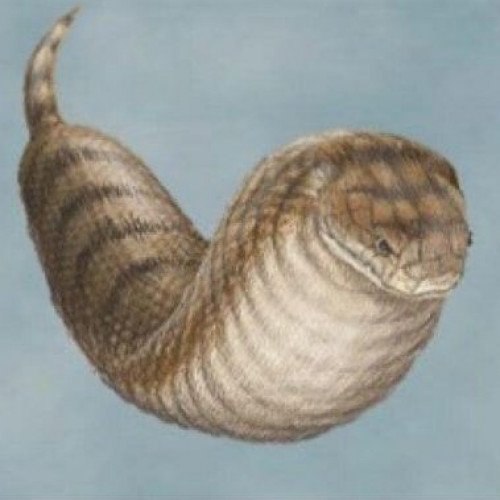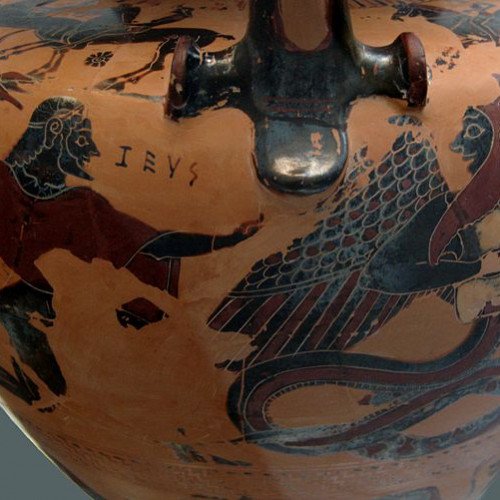Vote on Mythical creatures: Tsuchinoko vs Typhon

Tsuchinoko
In Japanese folklore, the tsuchinoko (ツチノコ or 槌の子), literally translating to "child of hammer", is a snake-like being. The name tsuchinoko is prevalent in Western Japan, including Kansai and Shikoku; the creature is known as bachi hebi (バチヘビ) in Northeastern Japan. Tsuchinoko are described as being between 30 and 80 centimetres (12 and 31 inches) in length, similar in appearance to a snake, but with a central girth that is much wider than its head or tail, and as having fangs and venom similar to that of a viper. Some accounts also describe the tsuchinoko as being able to jump up to 1 metre (3.3 feet) in distance followed immediately by a second jump while still in the air. According to legend, some tsuchinoko have the ability to speak and a propensity for lying, and they are also said to have a taste for alcohol. Legend records that it will sometimes swallow its own tail so that it can roll like a wheel, similarly to the "hoop snake" of American legend.
Statistics for this Xoptio

Typhon
Typhon (/ˈtaɪfɒn, -fən/; Greek: Τυφῶν, [typʰɔ̂ːn]), also Typhoeus (/taɪˈfiːəs/; Τυφωεύς), Typhaon (Τυφάων) or Typhos (Τυφώς), was a monstrous serpentine giant and one of the deadliest creatures in Greek mythology. According to Hesiod, Typhon was the son of Gaia and Tartarus. However, one source has Typhon as the son of Hera alone, while another makes Typhon the offspring of Cronus. Typhon and his mate Echidna were the progenitors of many famous monsters. Typhon attempted to overthrow Zeus for the supremacy of the cosmos. The two fought a cataclysmic battle, which Zeus finally won with the aid of his thunderbolts. Defeated, Typhon was cast into Tartarus, or buried underneath Mount Etna, or the island of Ischia. Typhon mythology is part of the Greek succession myth, which explained how Zeus came to rule the gods. Typhon's story is also connected with that of Python (the serpent killed by Apollo), and both stories probably derived from several Near Eastern antecedents. Typhon was (from c. 500 BC) also identified with the Egyptian god of destruction Set. In later accounts Typhon was often confused with the Giants.